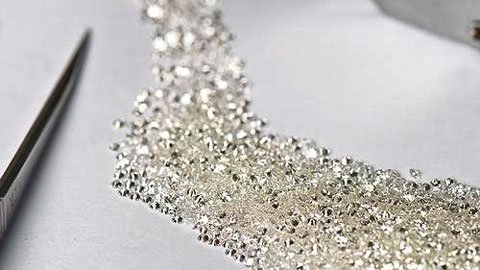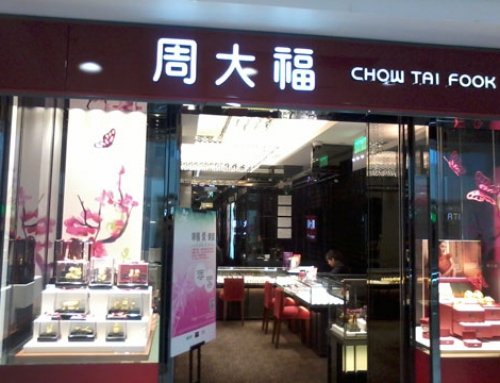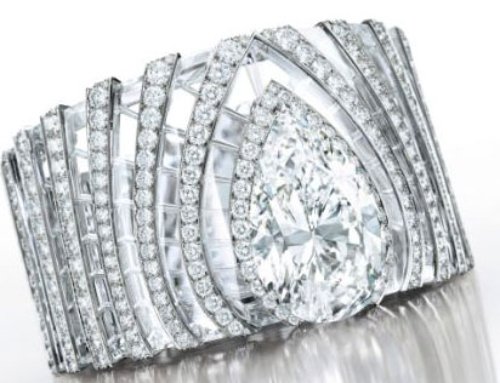Image: indiamart.com
In a recent interview with Stephen Lussier, Executive Vice-President, Marketing, De Beers Group, the Gem & Jewellery Export Promotion Council of India (GJEPC) asked if he is worried about the influence of prices lab grown diamonds (LGDs) on the value of natural melee.
Lussier, however, said he didn’t think so. He said: “The slowdown in the smaller sizes (melee) that was witnessed during the second half of last year is mainly cyclical – it is driven primarily by demand-supply dynamics…While the first half of 2018 was very good, there was a pileup of inventory in the midstream during the subsequent period, primarily on account of the situation in three of the most important markets for smaller sizes of diamonds – India, Turkey and the Middle East…Two other factors will impact demand and supply over the medium term. Firstly, the fact that Argyle, the largest supplier of small rough diamonds for the past couple of decades is moving to the end of its life-cycle. Within a few years, it will no longer be a source of supply, significantly reducing the amount of small rough entering the pipeline.”
Unfortunately. Lussier decided not to discuss the elephant in the room. He did not say a word about the past large-scale fraudulent practices of mixing melees into parcels of natural diamonds. He neither noted that these practices still continue, nor that they have not been tackled properly and effectively by the local industry leadership to this day.
While Lussier correctly mentioned that the closure of Argyle will reduce the supply of small rough to the market, he disregarded the fact that globally, diamond producers at large, and a group of junior diamond miners in particular, are in danger of going under because the prices currently paid in the market for small rough is way too low. In fact, a diamond market without a strong, vibrant and profitable market for small rough is not sustainable.
In reference to these miners, here is more:
“Of course, for almost all diamond mining companies, regardless of size, these smaller rough diamonds are their bread and butter. And as we have learned over the past months, a drop of prices of this particular rough can make or break the business model of these miners. Just recently at the ‘Investing in Africa Mining Indaba’ in South Africa, Paul Bosma, CEO of the junior diamond mining firm Firestone Diamond, was quoted as saying: ‘When will the [rough diamond] market recover? We have worked out that we have lost between $15 and $17 a carat because of the drop in the market.‘”
Of course, Lussier knows all this. What is worrying is that he decided to gloss over it. An unhealthy melee market – rough and polished – endangers the well-being and future of the entire diamond supply pipeline.







